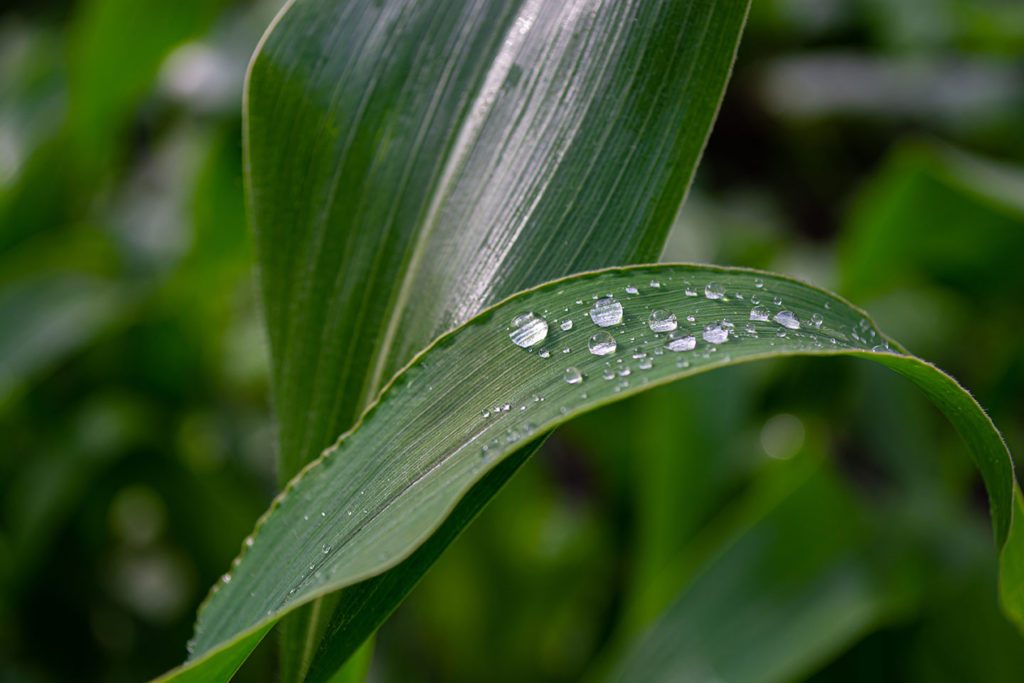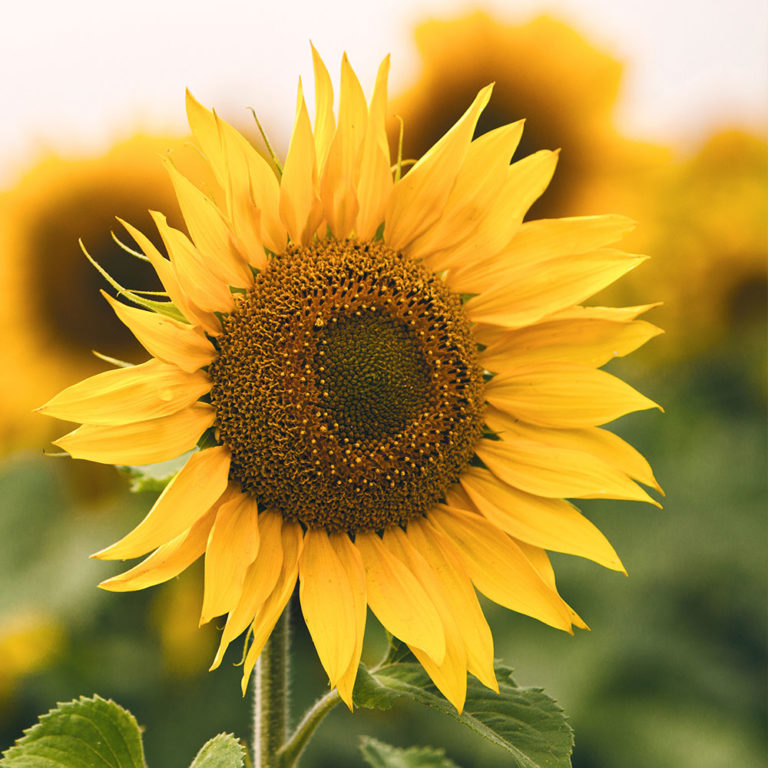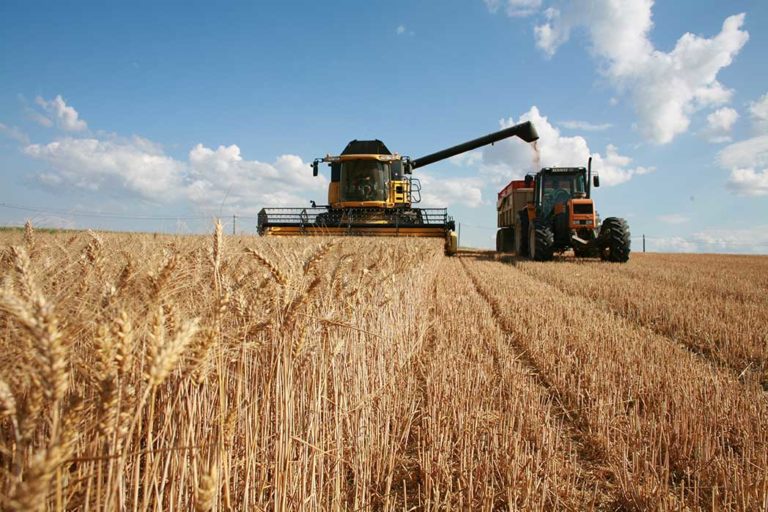Producing under water-limited conditions is no longer an exception. Water Use Efficiency (WUE) refers to a plant’s ability to produce more – or the same – with less water. This has become a key metric for broad-acre crops, which are particularly vulnerable to yield losses during dry years. Improving WUE is not only a matter of farm profitability—it’s also a critical component of global food security.
Water stress: plants know how to respond
When facing drought, plants activate their own defense systems. These include partially closing stomata to reduce water loss, extending roots deeper into the soil, and adjusting internal metabolic processes.
Supporting plants with phytosterols
Some naturally occurring plant molecules can stimulate and enhance these adaptive mechanisms. This is the case with phytosterols. When applied preventively as a foliar spray, this plant-based active ingredient – developed by Elicit Plant – triggers early physiological responses to water stress. The plant prepares itself for a “simulated” stress scenario, reducing evapotranspiration and reinforcing root development. As a result, it conserves water and becomes more resilient to future drought events.
This primed state also allows for quicker and more efficient responses when real stress occurs. By combining a deep understanding of plant physiology with biological innovation, new paths are opening for sustainable crop management.





